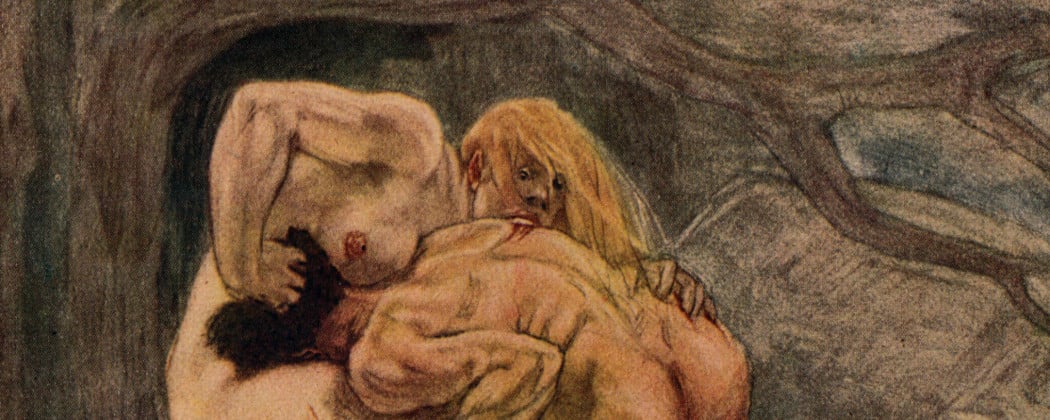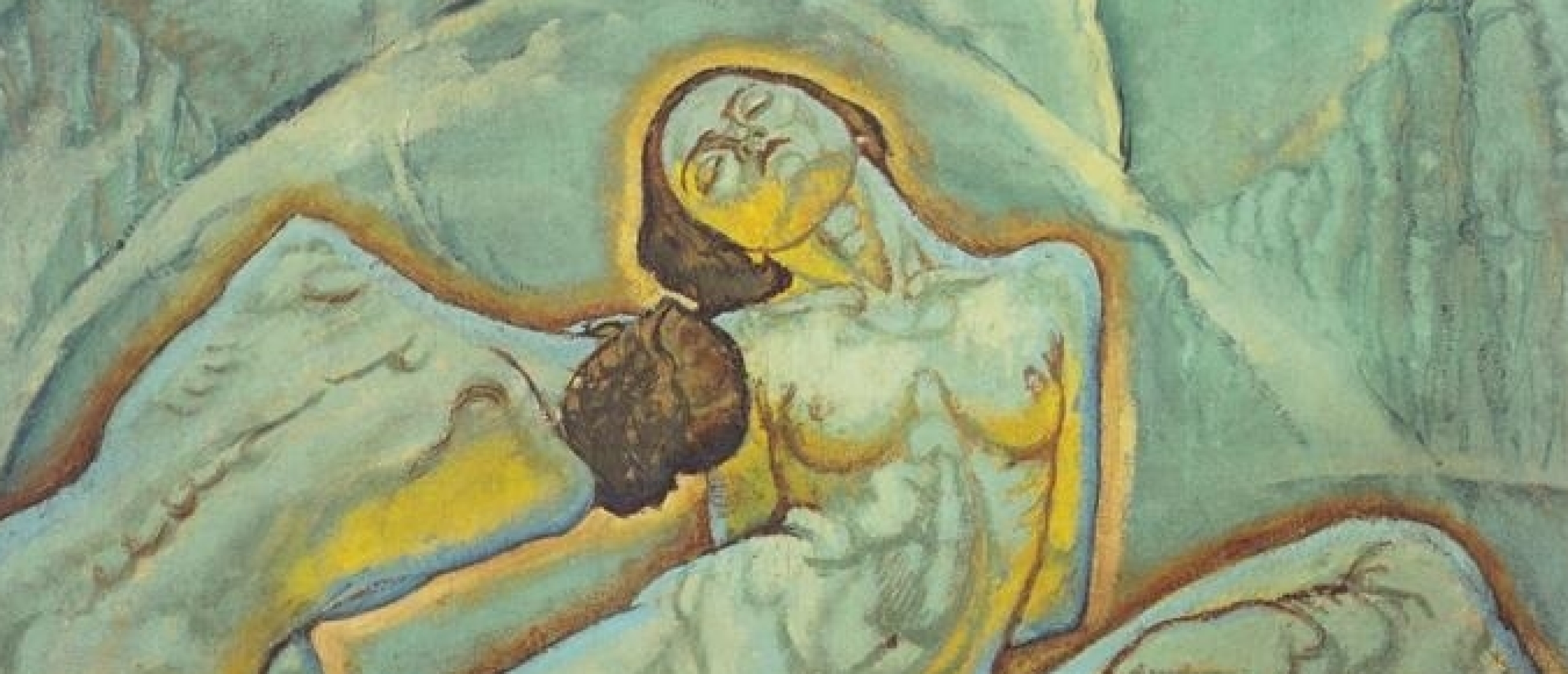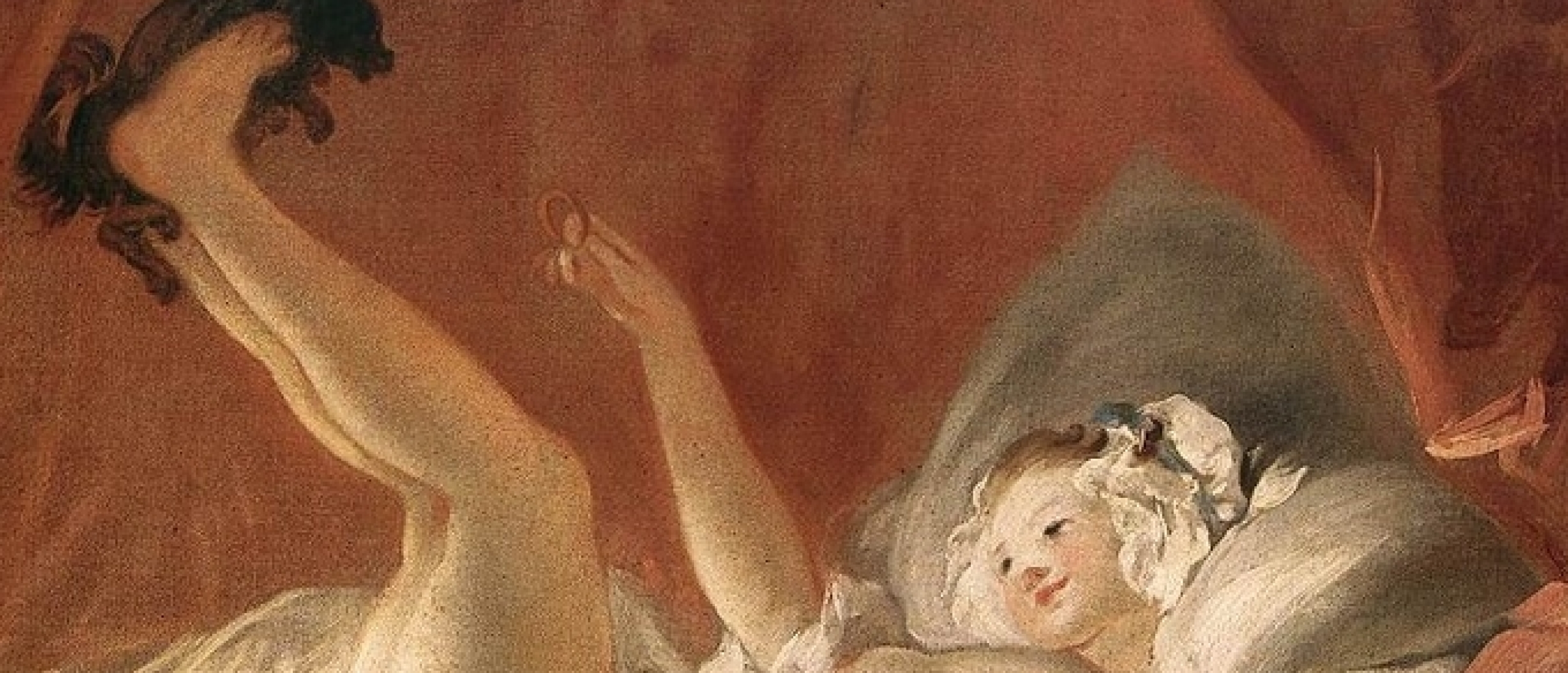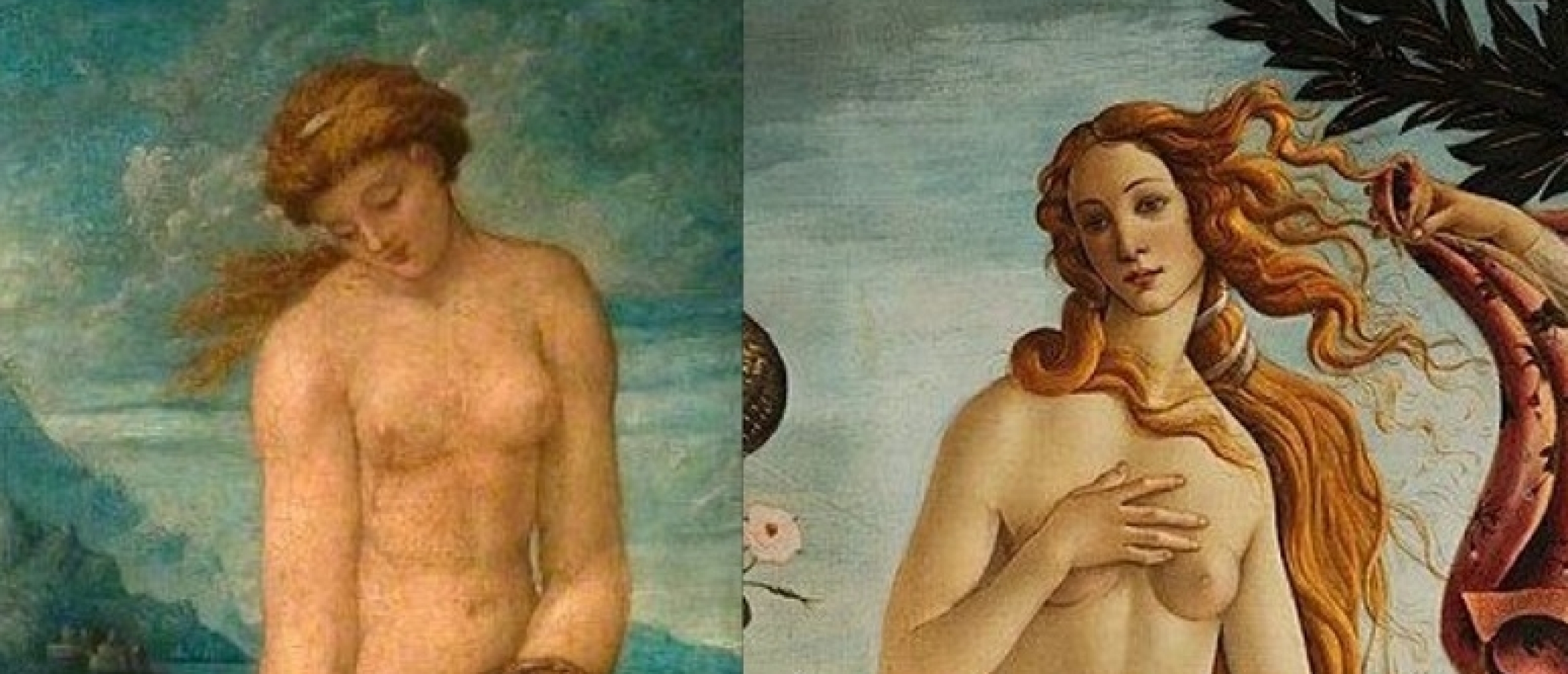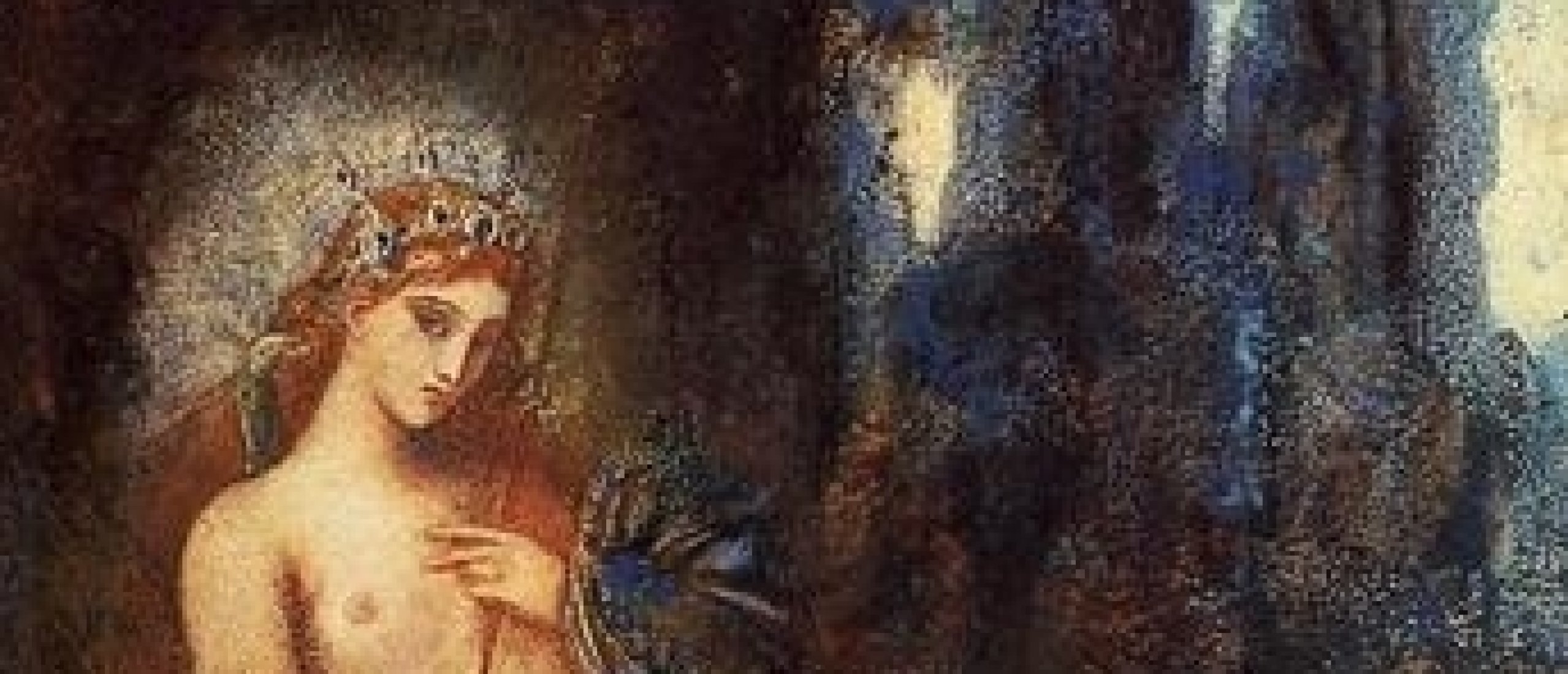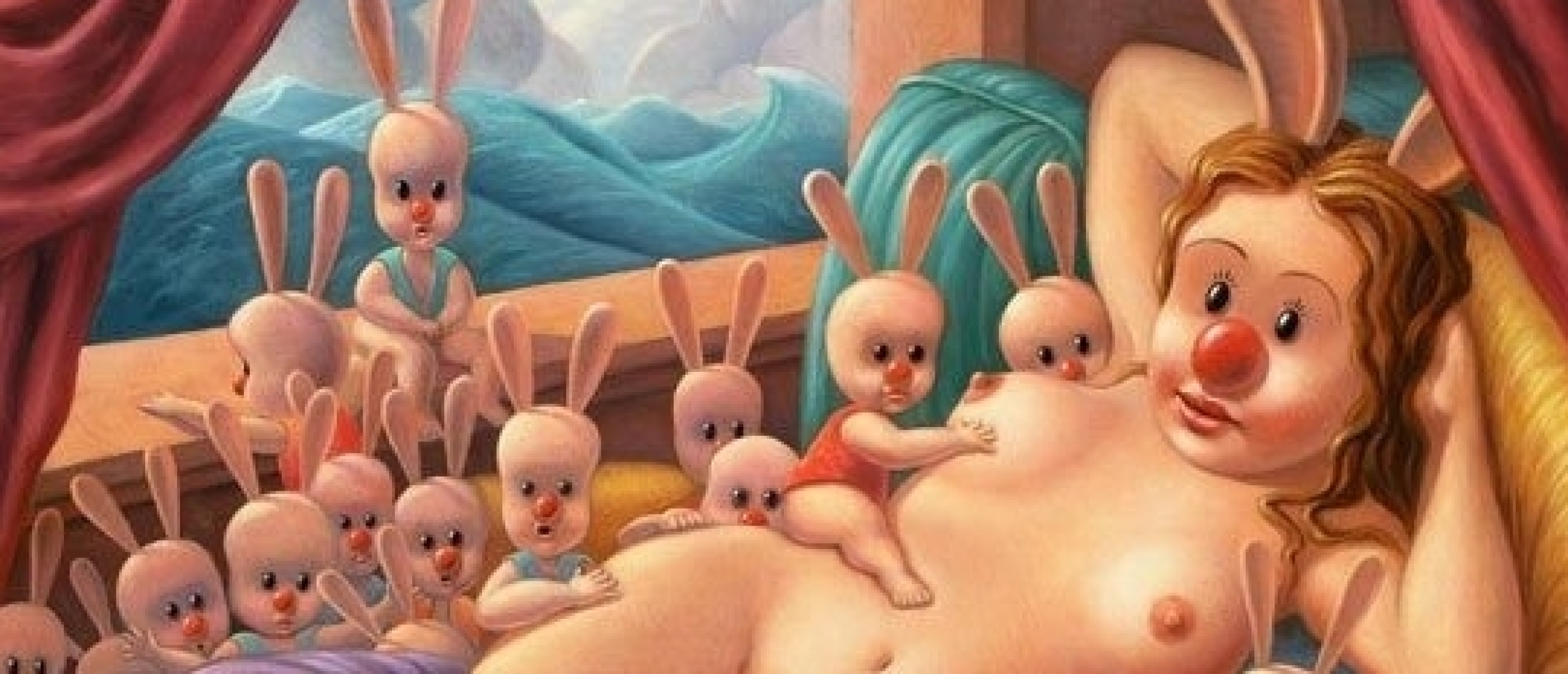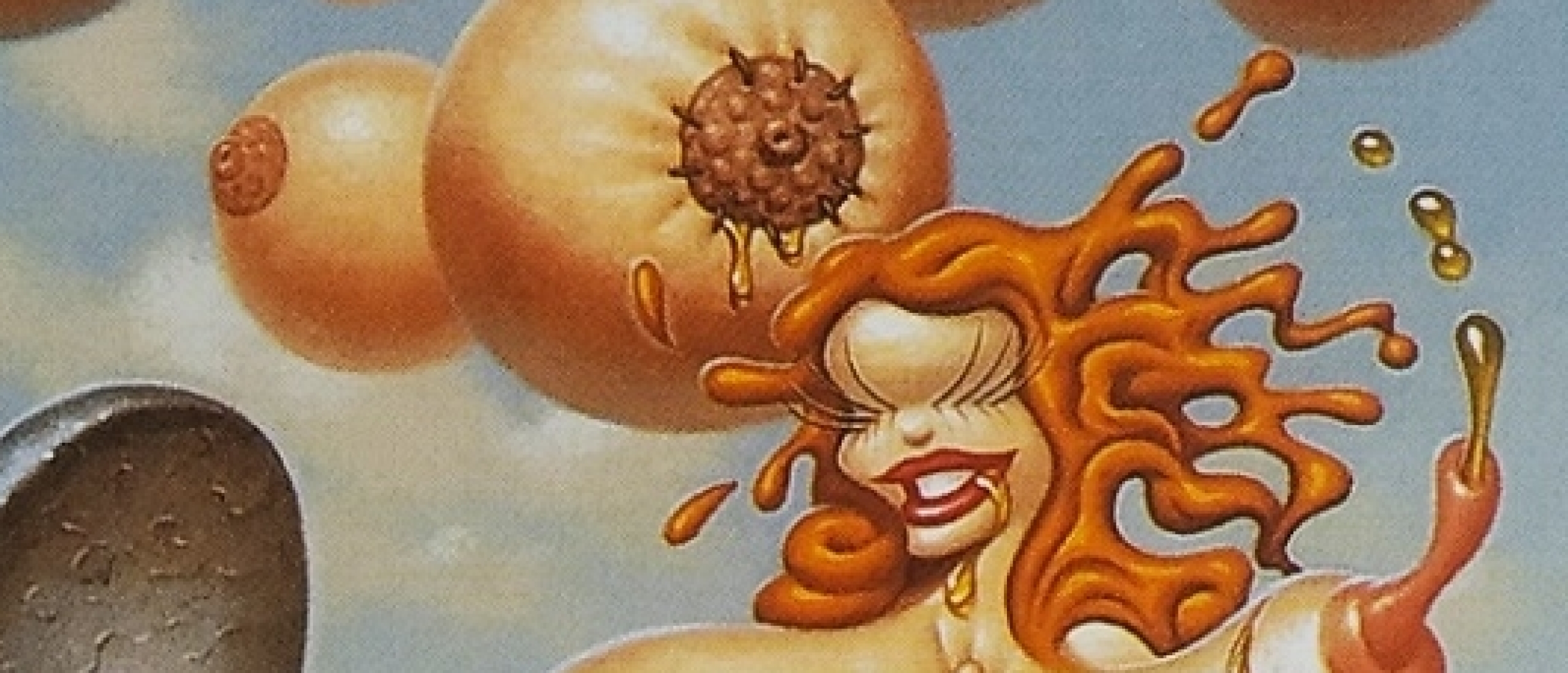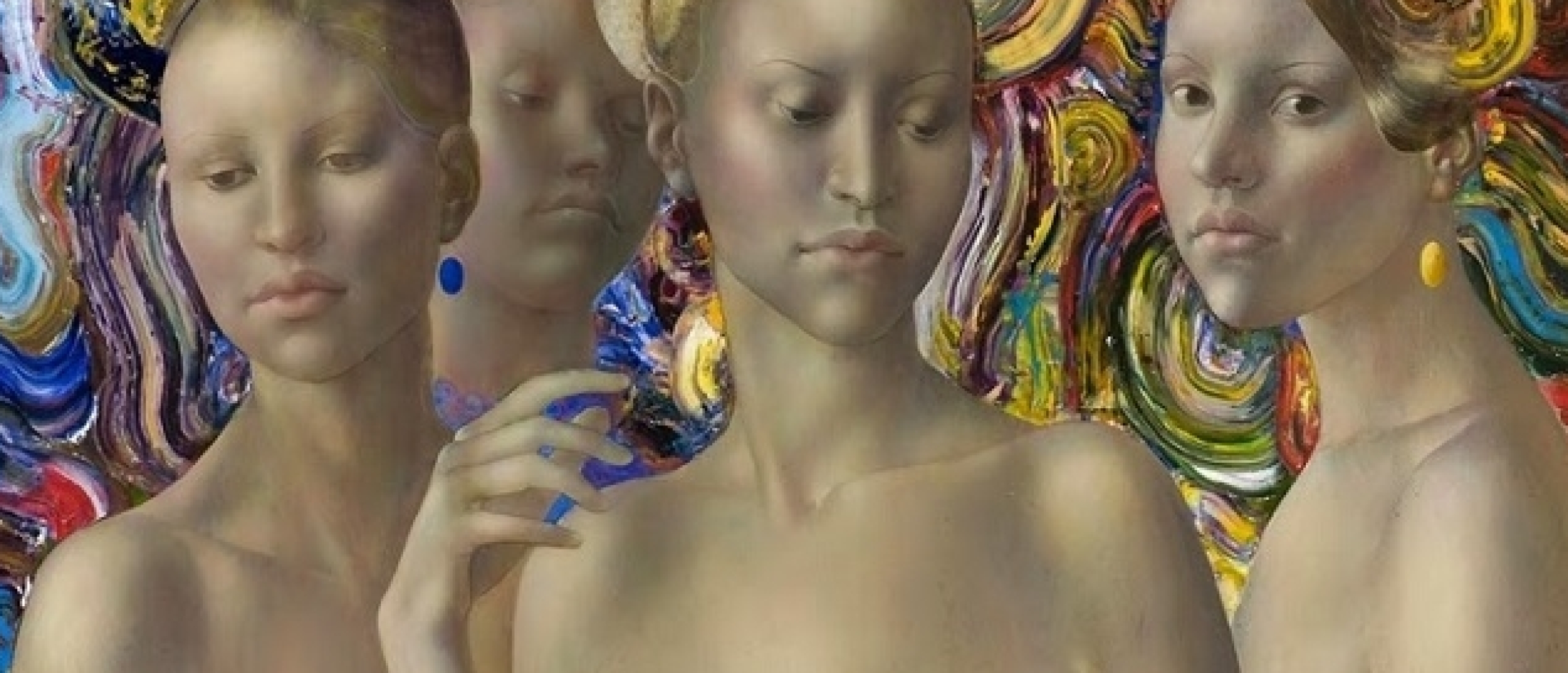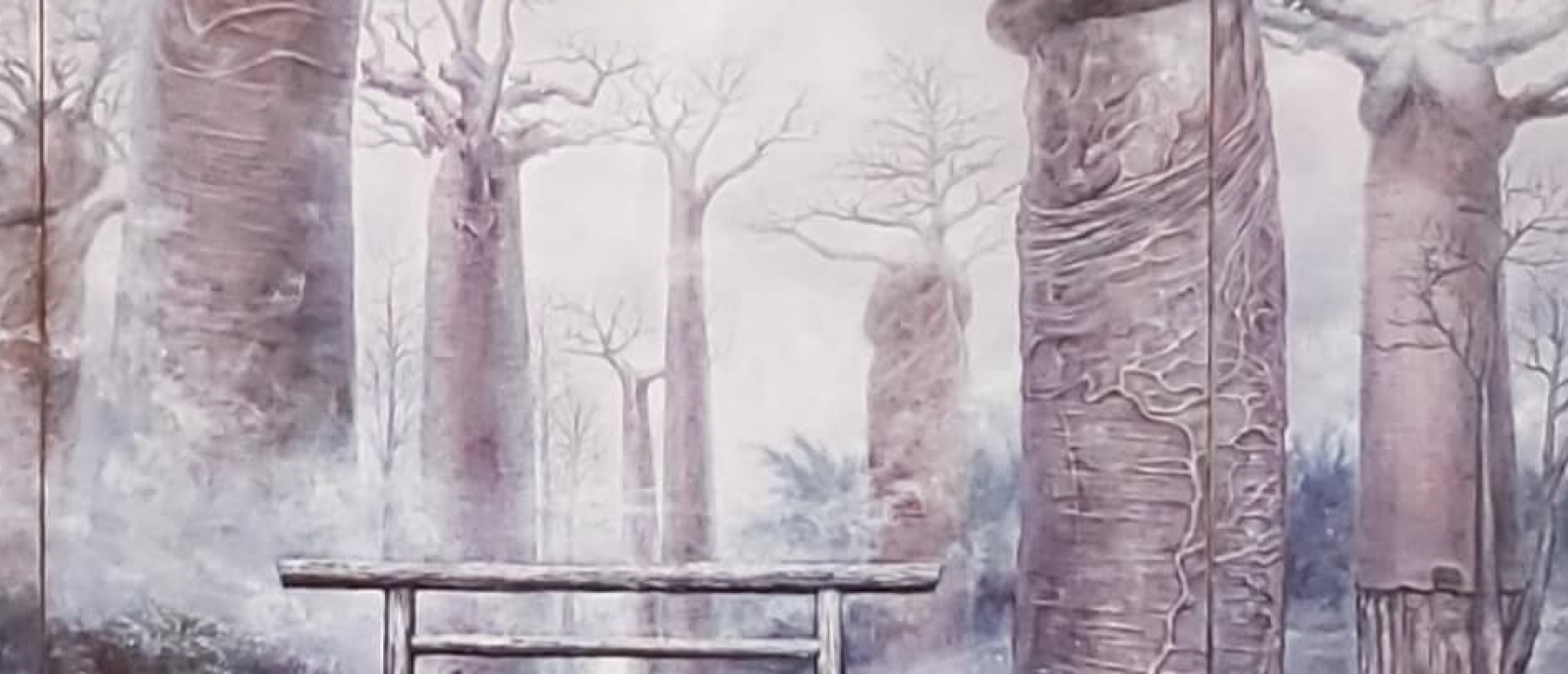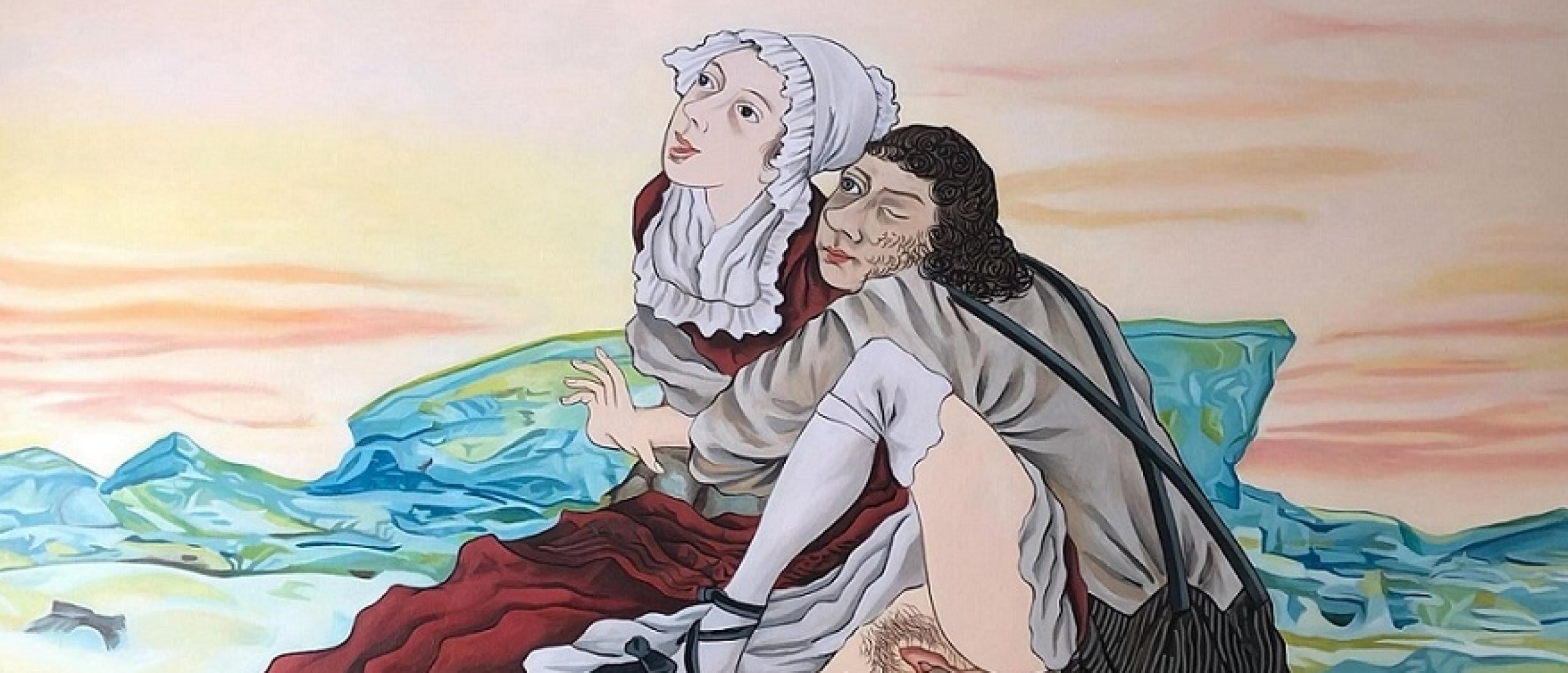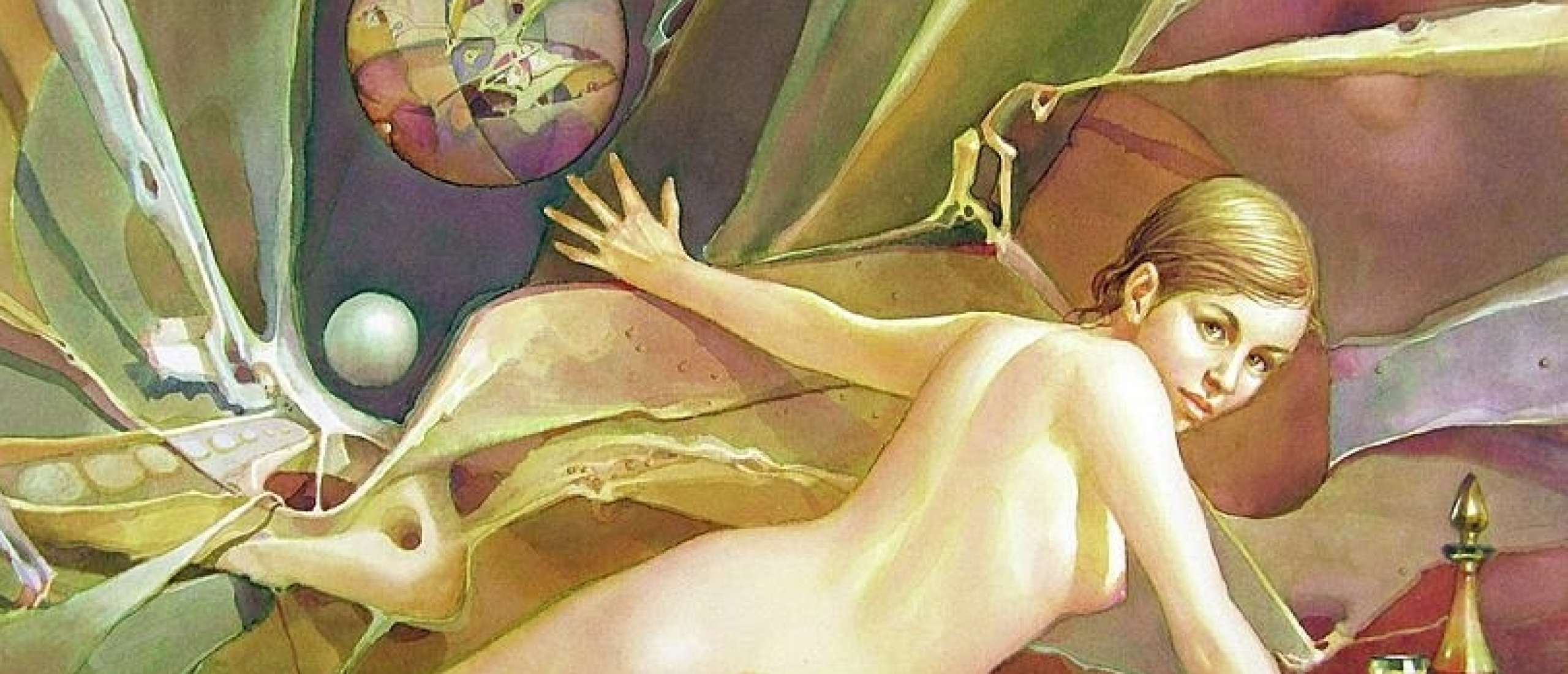
Alfredo Da Silva (1935-2020) was a Bolivian painter known for his abstract works blending surrealism and constructivism. Gifted and determined, Da Silva achieved prominence very soon. According to Wikipedia, the artist had his first show at the age of 16. The paintings we're going to examine Da Silva produced mainly in his mid-sixties (2000-2005). Throughout his artistic activity, he was awarded numerous prizes and praised by critics as one of the most remarkable artists of Latin America.

Fig. 1. Alfredo Da Silva (elpotosi.net)
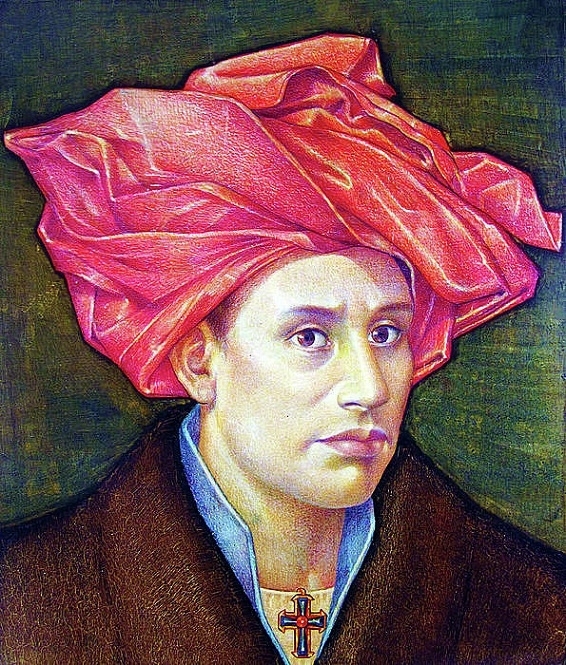
Fig. 2. Alfredo Da Silva, Self-portrait, 1986 (fineartamerica.com)
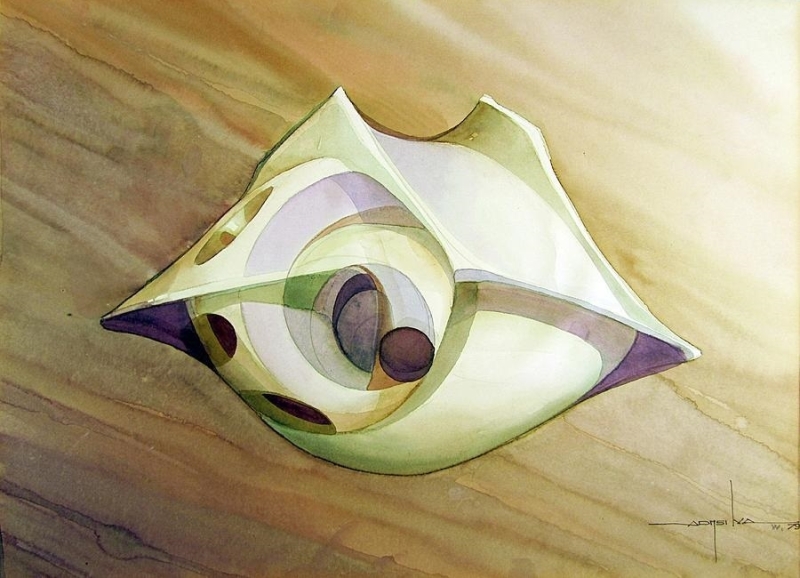
Fig. 3. Space Ship print, 1979 (fineartamerica.com)
The Young Competitor
Alfredo Da Silva was born in Potosí (southwestern Bolivia). Though there's not much known about the family of the artist, one can learn that his artistic career was driven by competitive relationships with his older brother Hugo Da Silva. Hugo was studying in the local art school, and eight-year-old Alfred started drawing with an aspiration to excel him at fine arts. Initially, he drew only pencil sketches of landscapes and still life because the pencil was the only medium he could afford at that time. In 1951, he entered the Potosí Academy of Fine Arts, then seven years later, moved to Argentina and continued his studies at the Prilidiano Pueyredon Academy of Fine art in Buenos Aires.
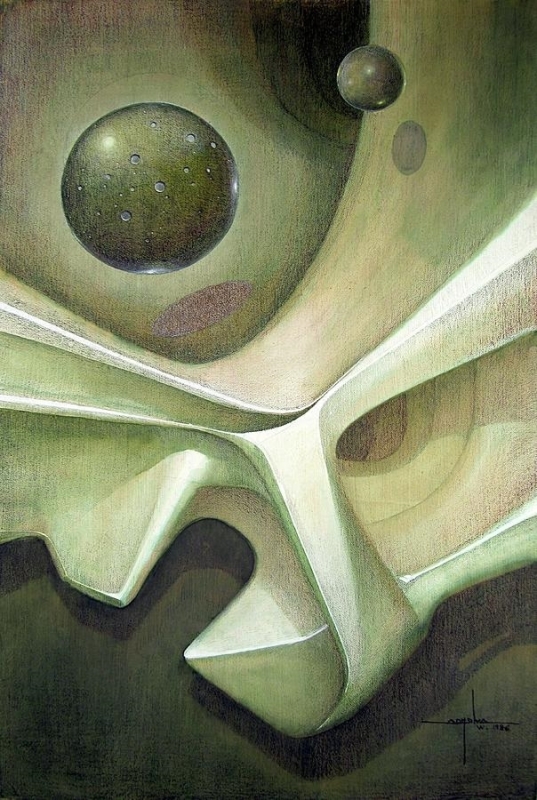
Fig. 4. El Planeta De La Luna, 1986 (fineartamerica.com)
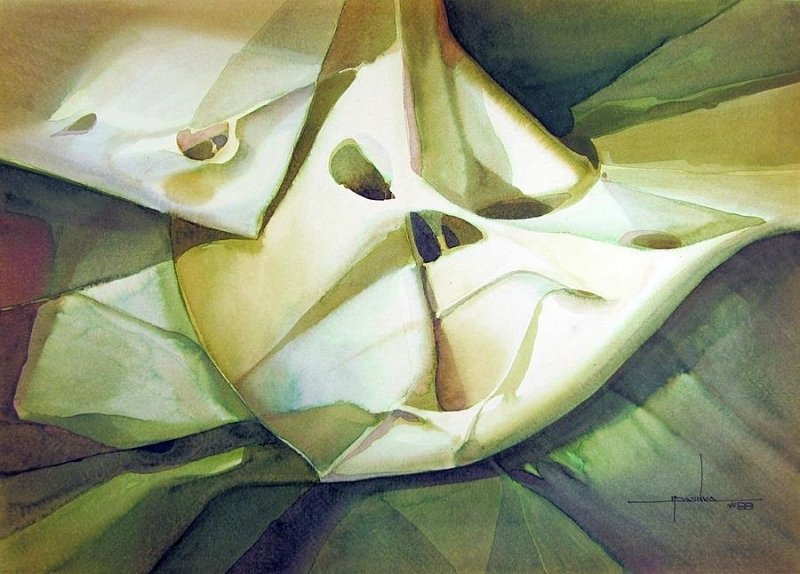 Fig. 5. El Nacimiento Del Planeta Venus (The Birth Of The Planet Venus), 1988 (fineartamerica.com)
Fig. 5. El Nacimiento Del Planeta Venus (The Birth Of The Planet Venus), 1988 (fineartamerica.com)
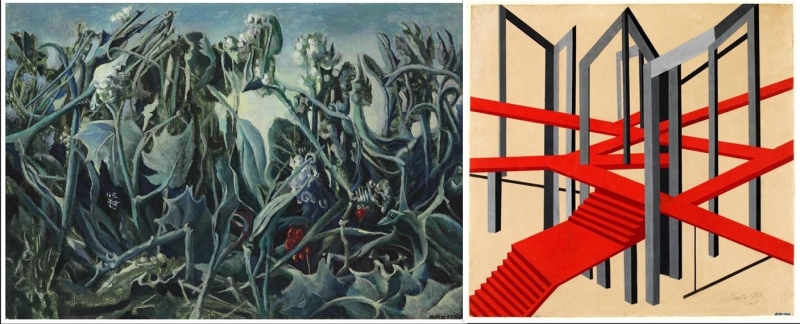
Fig. 6. For a comparison: left: Shunga and Shunga and Shunga and Shunga and Shunga and Shunga and Shunga and Shunga and Shunga and Shunga and Shunga and Shunga and Shunga and Max Ernst's Famous Collage Novel

